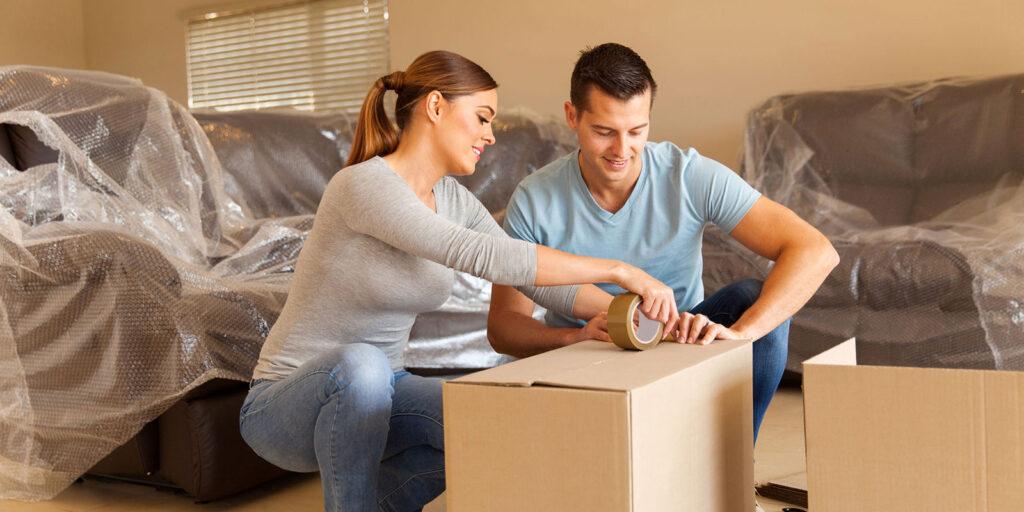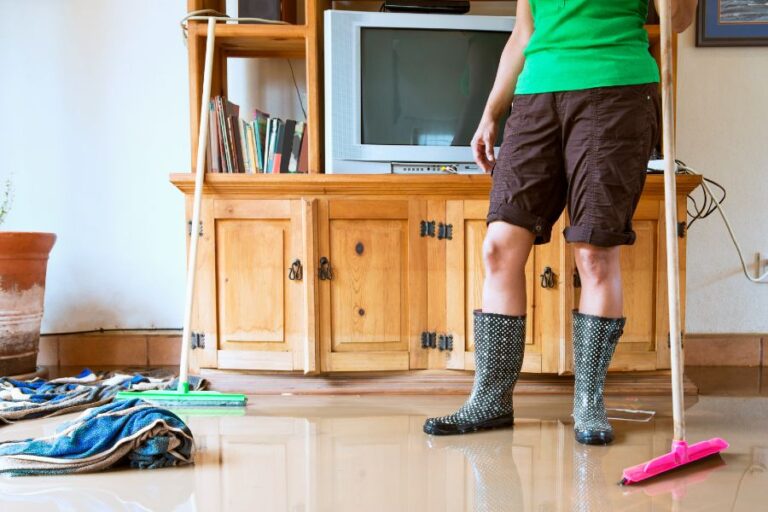Packing and unpacking are often dreaded steps of any move. The stress of trying to get everything organized, transported, and unpacked at the new location can seem overwhelming. However, with the right approach, packing and unpacking can become manageable. The key lies in being efficient, systematic, and smart about how things are organized.
Moving long distances adds another layer of complexity to the process, but with the right tips, it becomes much more manageable. Below are essential steps to streamline packing and unpacking, ensuring that the experience won’t drive you crazy.
Key Points:
- Consider professional movers for efficiency.
- Categorize by priority, not room.
- Label everything clearly.
- Use high-quality materials.
- Set up an essentials box.
- Unpack room by room.
- Declutter before packing.
- Protect fragile items.
Professional Long Distance Moving Services

Packing can be a lot easier when professionals are involved. Long distance moving requires more planning and precision than local moves, especially when it comes to securing fragile items and ensuring everything arrives safely.
Ace Moving, for instance, offers a range of services that simplify this process. They have years of experience dealing with various types of moves, making them an excellent choice for handling long-distance relocations. Their careful attention to customer service makes them a reliable option for minimizing the stress that comes with moving across longer distances.
By opting for professional services, especially for long-distance moves, you save time, and energy, and avoid common mistakes.
Prioritize Over Room-Based Packing
Many people make the mistake of packing room by room, thinking that it will make unpacking easier. However, efficiency comes from prioritizing items, not their location. Begin by separating what you will need immediately upon arrival, such as toiletries, clothes, and chargers. Pack those in an “essentials box” so that they’re easily accessible when you unpack.
Label all your boxes based on the contents, not where the items belong. It makes unpacking faster, allowing you to immediately grab what you need. No more sifting through boxes labeled “living room” for items that are scattered across different rooms in reality.
Declutter Before You Start Packing
If you don’t need it, don’t take it with you. Sorting through your belongings ahead of time not only reduces what you need to move but also makes unpacking a lot easier. Go through your items, and discard what no longer serves a purpose. Sell or donate what you don’t want to bring to your new home.
The fewer items you move, the easier the process becomes, both in terms of time and cost.
Use High-Quality Packing Materials
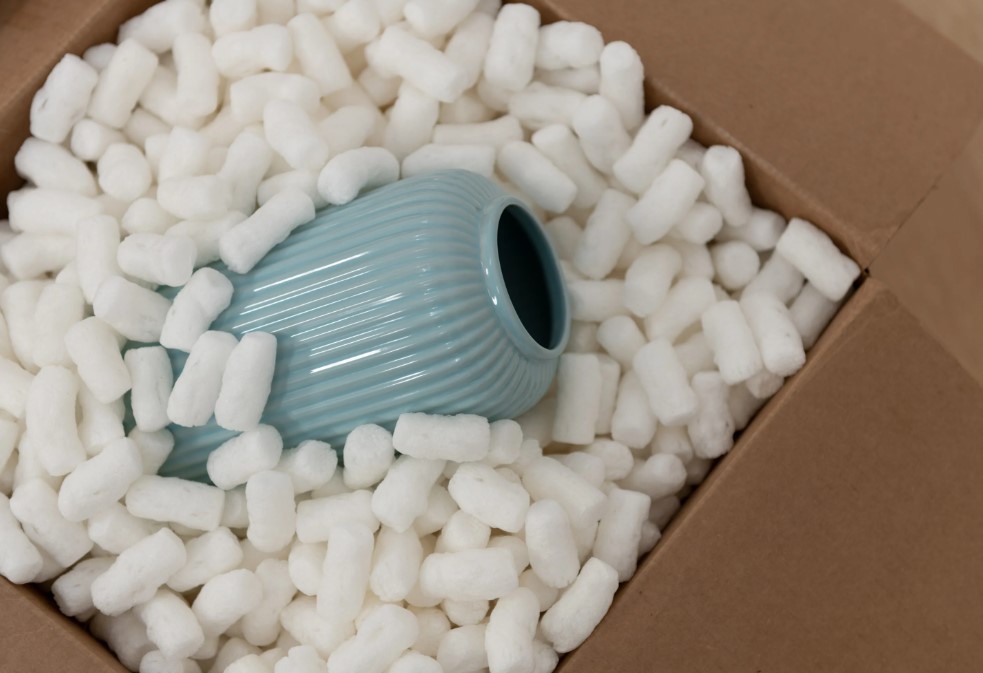
Nothing slows down the unpacking process like damaged goods. To avoid this, invest in high-quality materials. Use sturdy boxes, bubble wrap, and packing paper to ensure all your items remain intact during the move. Cheap materials can lead to breakages and cause unnecessary headaches later.
For fragile items, wrap each one individually and place them in the middle of the box, surrounded by softer materials like clothing or bubble wrap.
Set Aside an Essentials Box
The last thing anyone wants to do after a long move is dig through boxes for basic necessities. To avoid this frustration, pack an essentials box. This box should contain items you’ll need for the first few days at your new home, such as toiletries, a few changes of clothes, medication, important documents, phone chargers, and basic kitchen supplies.
Having this box on hand eliminates the need to unpack everything immediately, allowing you to settle into your new space comfortably and at your own pace.
Label Boxes Clearly and Consistently
Labeling should be your best friend throughout the packing process. Clear labels prevent confusion and reduce the time spent unpacking. Instead of vague labels like “miscellaneous,” be as specific as possible. Use bold markers and label the sides of each box, so you can easily read the labels, even when boxes are stacked.
You can also color-code boxes with different markers or tape for different rooms or priority levels, ensuring that your most important items are unpacked first.
Unpack Room by Room
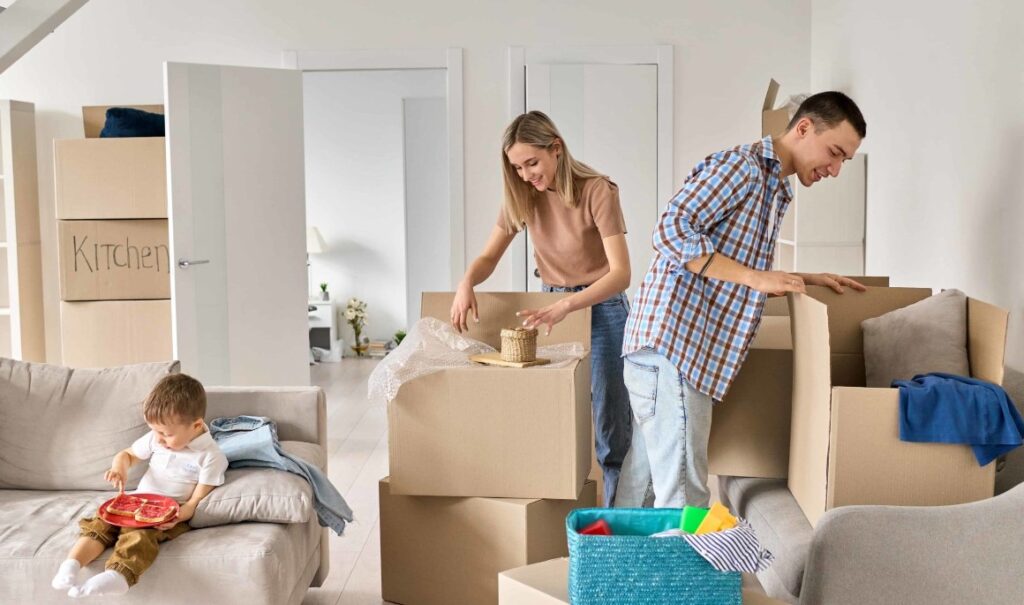
After the chaos of the move, it’s tempting to start unpacking everything at once. Resist that urge. Focus on unpacking one room at a time, starting with the most essential. Typically, the kitchen and bedrooms are the first areas you’ll want to organize, so prioritize those.
This method keeps you organized and helps reduce the feeling of being overwhelmed by the number of boxes.
Protect Fragile Items
Fragile items need extra care. Make sure to use bubble wrap, packing paper, and foam padding for items like glassware, electronics, and artwork. Avoid overpacking boxes with heavy items, as this increases the risk of breakage. Additionally, mark all fragile boxes clearly, and ensure they are handled with care.
If possible, consider transporting extremely valuable or fragile items yourself, rather than leaving them with the movers. This way, you can guarantee their safety.
Take Breaks to Avoid Burnout
Don’t attempt to do everything in one day. Take short breaks during the process to avoid burnout. Pacing yourself will make the entire task feel less daunting and prevent exhaustion.
Set realistic goals for how much you can pack and unpack in a day. Stay hydrated and maintain a comfortable pace, so you aren’t overwhelmed.
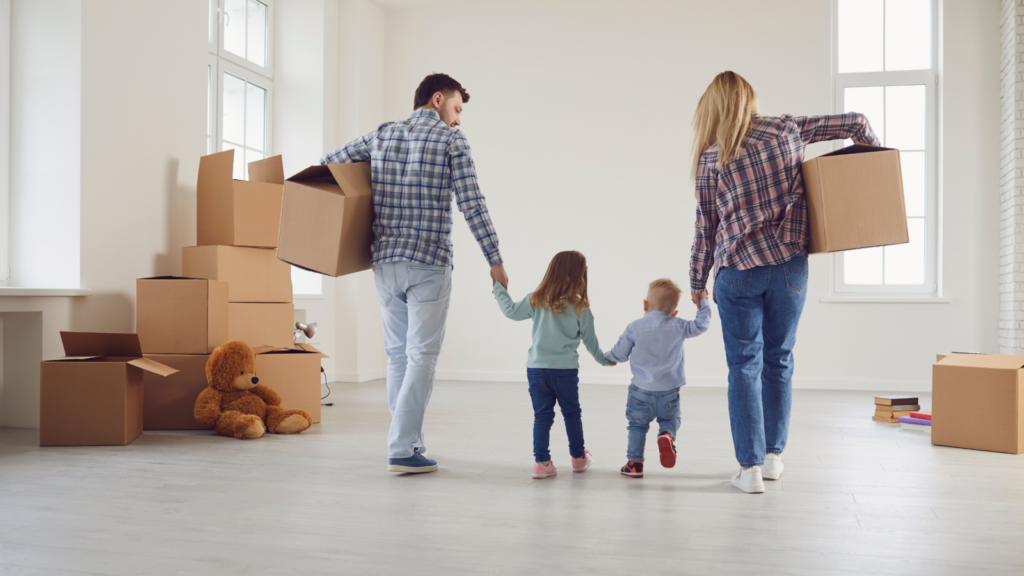
Conclusion
By following these practical steps, packing and unpacking can be a much smoother process. Focus on organizing your items by priority, using high-quality packing materials, and protecting fragile goods. Declutter before you start, and unpack one room at a time to avoid the overwhelming task of trying to do everything at once. Professional help can further streamline the process, especially for long-distance moves.
With the right approach, you can make packing and unpacking feel less like a chore and more like the final steps toward settling into your new space.

